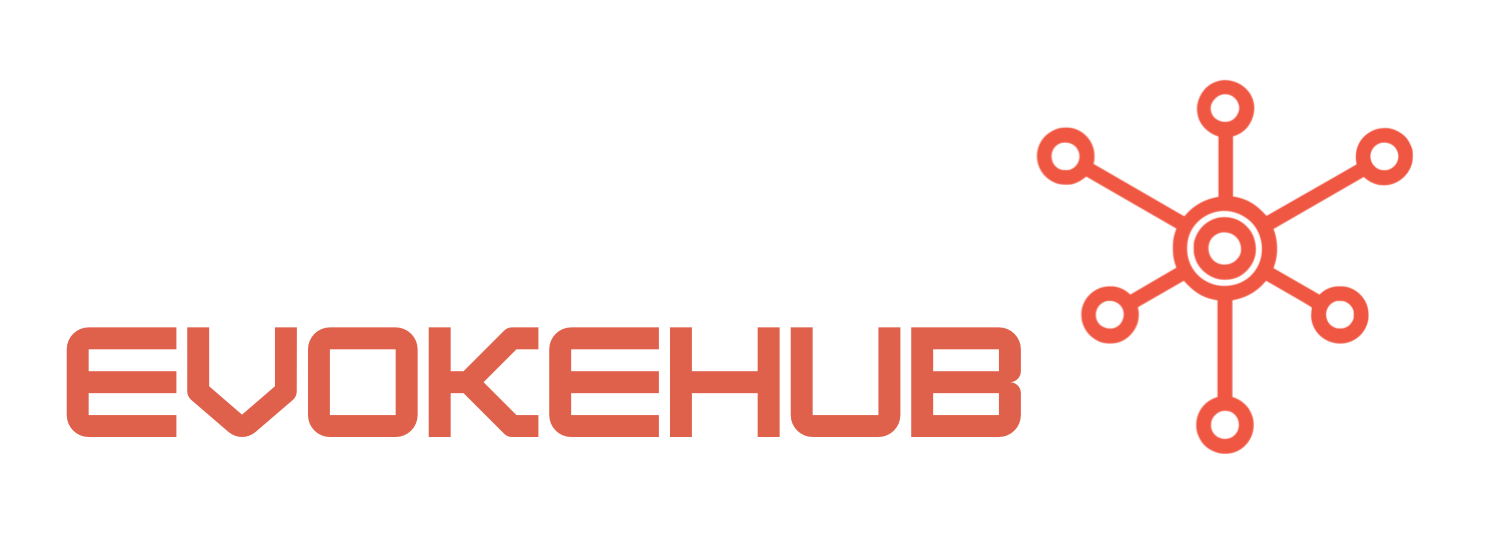Understanding YARP: Key Features of Advanced Load Balancing
YARP is engineered to facilitate advanced load balancing techniques, allowing developers to distribute incoming requests across multiple backend services efficiently. One of its standout features is its support for various load balancing algorithms, including round-robin, least connections, and weighted routing. This flexibility enables developers to tailor their load balancing strategy according to the specific needs of their applications. For further details on the different algorithms, you can refer to the YARP documentation.
Another prominent feature of YARP is its ability to handle dynamic service discovery. In microservices environments, services may come and go, making it essential for the load balancer to adapt seamlessly. YARP integrates with popular service discovery tools such as Consul and Eureka, allowing it to automatically register and deregister services as they change. This dynamic capability ensures that the load balancer is always aware of the current state of services, improving application resilience and performance.
YARP also emphasizes extensibility, allowing developers to add custom middleware and modify routing logic easily. This means that you can implement features such as logging, authentication, and rate limiting directly within the proxy layer. The ability to extend YARP’s functionalities enriches your application’s architecture without additional complexity, making it a powerful tool for developers looking to build robust and scalable web solutions.
Implementing YARP as an API Gateway in .NET Applications
Implementing YARP as an API gateway in your .NET application starts with installing the necessary NuGet packages. The primary package, Microsoft.ReverseProxy, can be added to your ASP.NET Core project using the .NET CLI or through the NuGet Package Manager. Once integrated, developers can configure YARP in the Startup.cs file to define routing rules and backend services. By specifying various routes and clusters, you can define how incoming requests will be handled and where they will be directed. Additional details can be found in the official YARP GitHub repository.
Once the basic configuration is set, you can customize YARP to meet your specific application requirements. For example, you might want to implement authentication by integrating it with IdentityServer or another authentication provider. YARP allows you to add middleware components that can intercept requests and responses, enabling you to enforce security policies or manipulate headers as per your application’s needs. This flexibility allows your API gateway to serve as the first line of defense against unauthorized access.
Finally, monitoring and logging are crucial for maintaining the health of your API gateway. YARP supports built-in logging features that can be configured to provide insights into request handling, performance metrics, and error rates. Integrating YARP with monitoring tools like Prometheus or Azure Application Insights can further enhance your observability. By keeping a close watch on your gateway’s performance, you can quickly identify issues and optimize your application’s responsiveness.
In conclusion, YARP represents a significant advancement in load balancing and API gateway capabilities within the .NET ecosystem. Its robust features—such as dynamic service discovery, extensibility, and support for various load balancing algorithms—make it an invaluable tool for developers building modern applications. By implementing YARP as an API gateway, developers can not only manage traffic efficiently but also enhance security and monitoring. As the demand for scalable and resilient applications continues to rise, tools like YARP are essential in empowering developers to meet these challenges head-on. For more information about YARP and its capabilities, visit the official YARP documentation.




